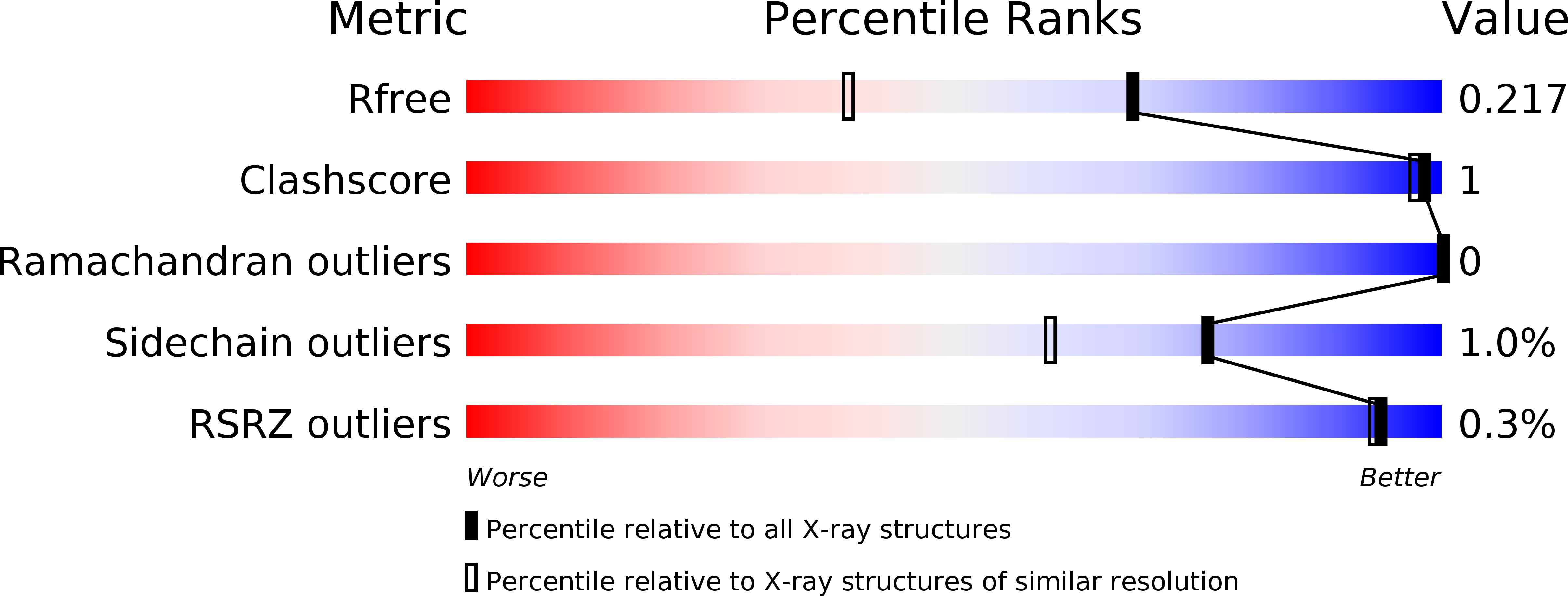
Deposition Date
2018-03-15
Release Date
2019-01-23
Last Version Date
2024-10-23
Entry Detail
PDB ID:
6G01
Keywords:
Title:
Complex of neuraminidase from H1N1 influenza virus with tamiphosphor monomethyl ester
Biological Source:
Source Organism:
Influenza A virus (A/Texas/17/2009(H1N1)) (Taxon ID: 649885)
Host Organism:
Method Details:
Experimental Method:
Resolution:
1.61 Å
R-Value Free:
0.20
R-Value Work:
0.17
R-Value Observed:
0.17
Space Group:
C 2 2 21


